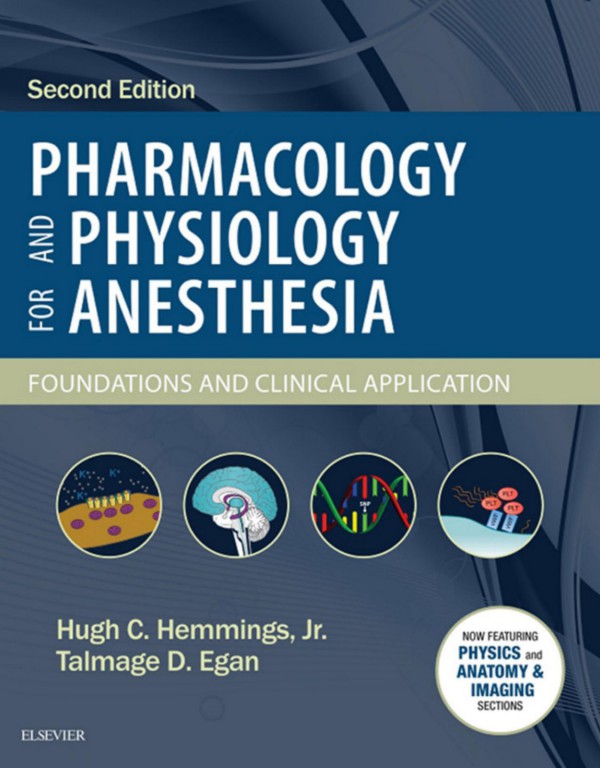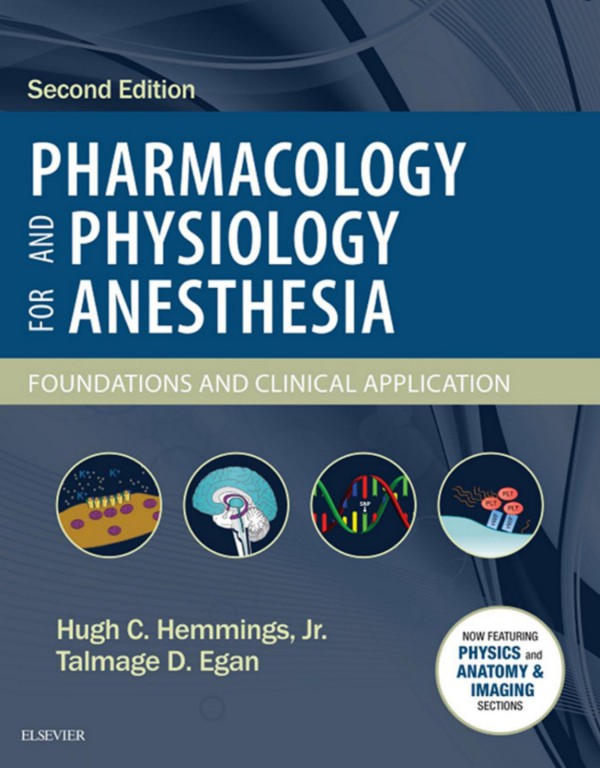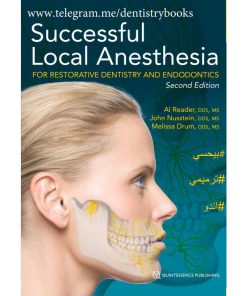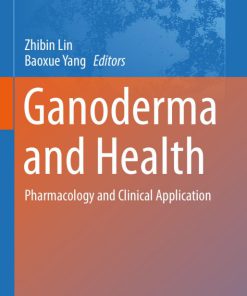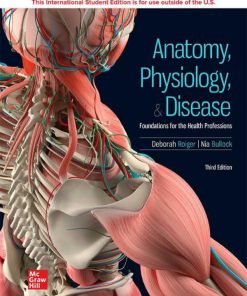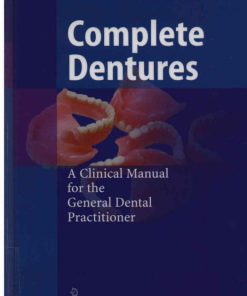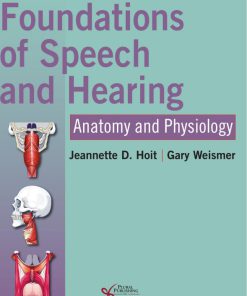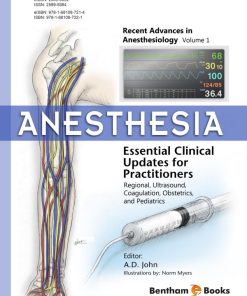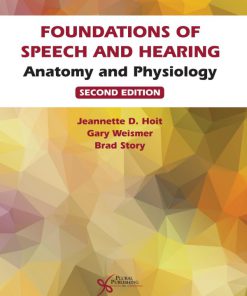Pharmacology and Physiology for Anesthesia Foundations and Clinical Application 2nd edition by Hugh Hemmings, Talmage Egan ISBN 0323481108 978-0323481106
Original price was: $50.00.$25.00Current price is: $25.00.
Authors:Hugh C. Hemmings; Talmage D. Egan , Series:Pharmacology [9] , Tags:Medical; Anesthesiology; Nursing; Anesthesia; Pathology , Author sort:Hemmings, Hugh C. & Egan, Talmage D. , Ids:9780323568869 , Languages:Languages:eng , Published:Published:Oct 2018 , Publisher:Elsevier Health Sciences , Comments:Comments:Pharmacology and physiology are the foundation of every anesthesia provider’s training and clinical competency. Pharmacology and Physiology for Anesthesia: Foundations and Clinical Application, 2nd Edition, delivers the information you need in pharmacology, physiology, and molecular-cellular biology, keeping you current with contemporary training and practice. This thoroughly updated edition is your one-stop, comprehensive overview of physiology, and rational anesthetic drug selection and administration, perfect for study, review, and successful practice.Contains new chapters on Special Populations (anesthetic pharmacology in obesity, geriatrics, and pediatrics), Oral and Non-IV Opioids, Thermoregulation, Physiology and Pharmacology of Obstetric Anesthesia, Chemotherapeutic and Immunosuppresive Drugs, and Surgical Infection and Antimicrobial Drugs.Incorporates entirely new sections on Physics, Anatomy, and Imaging. Includes new information on consciousness and cognition, pharmacodynamics, the immune system, and anti-inflammatory drugs.Features user-friendly tables, figures, and algorithms (including 100 new illustrations), all presented in full color and designed to help explain complex concepts.Helps you understand the molecular mechanism of drug actions and identify key drug interactions that may complicate anesthesia with dedicated sections on these areas.

